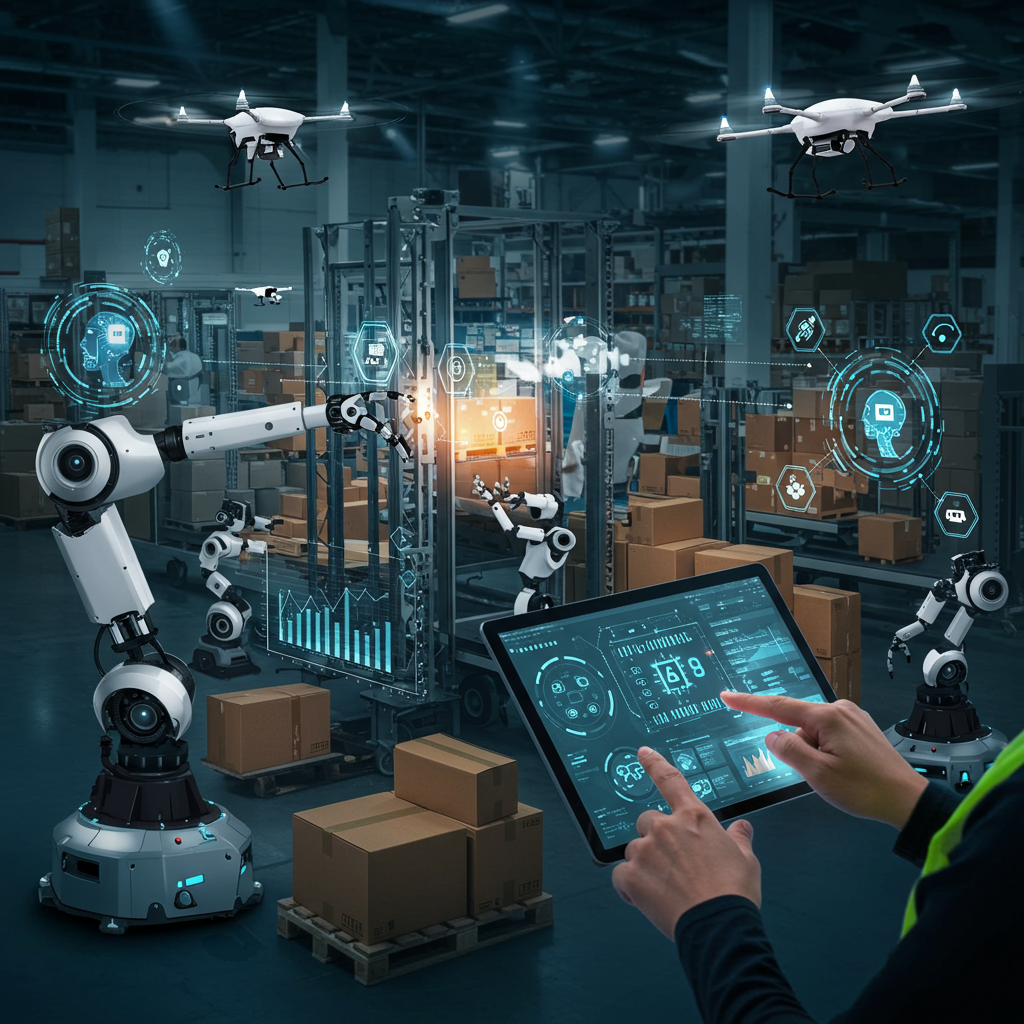# How AI is Revolutionizing Supply Chain Management
The global supply chain, once a complex web of human intervention and often unpredictable events, is undergoing a dramatic transformation. Artificial intelligence (AI) is no longer a futuristic concept; it’s a powerful tool rapidly reshaping how businesses manage their supply networks, boosting efficiency, reducing costs, and improving overall resilience. From predictive analytics to automated processes, AI is proving to be a game-changer, offering a level of optimization previously unimaginable. This post will explore how AI is revolutionizing supply chain management and what this means for businesses in today’s dynamic market.
Enhancing Predictive Capabilities with AI
One of the most significant contributions of AI to supply chain management is its ability to enhance predictive capabilities. Traditional methods often relied on historical data and rudimentary forecasting, leaving businesses vulnerable to unforeseen disruptions. AI, however, leverages machine learning algorithms to analyze vast datasets encompassing historical sales data, weather patterns, geopolitical events, and even social media sentiment. This allows for more accurate demand forecasting, enabling businesses to optimize inventory levels, avoid stockouts, and minimize waste. For example, AI can predict potential delays caused by extreme weather or port congestion, allowing businesses to proactively adjust their shipping routes and mitigate potential disruptions. This level of foresight is crucial for maintaining operational efficiency and customer satisfaction in increasingly volatile markets. Further, AI-powered anomaly detection systems can identify unusual patterns that might signal a potential problem, allowing for rapid intervention and prevention of larger issues.
Optimizing Logistics and Transportation with AI
AI is not just improving forecasting; it’s also streamlining the logistics and transportation aspects of the supply chain. AI-powered route optimization software analyzes various factors – traffic conditions, fuel prices, delivery deadlines – to determine the most efficient routes for shipments. This can significantly reduce transportation costs and delivery times. Furthermore, AI-powered systems can manage warehouse operations more effectively, optimizing storage space, automating picking and packing processes, and reducing the risk of errors. Autonomous vehicles and drones, powered by AI and machine learning, are also emerging as significant disruptors, promising to revolutionize last-mile delivery and improve the speed and efficiency of goods movement. This automation not only increases efficiency but also enhances transparency and traceability throughout the supply chain.
Improving Supply Chain Resilience and Risk Management
Perhaps the most impactful aspect of AI in supply chain management is its contribution to resilience and risk management. By analyzing real-time data and identifying potential threats, AI systems can help businesses anticipate and mitigate disruptions before they significantly impact operations. This proactive approach allows companies to develop contingency plans, diversify their supply sources, and improve their overall resilience against unforeseen events such as natural disasters, pandemics, or geopolitical instability. AI can also enhance security measures by detecting fraudulent activities and improving the overall integrity of the supply chain. The ability to proactively identify and respond to risks is a crucial element in building a more robust and sustainable supply chain in an increasingly uncertain world.
In conclusion, AI is not just improving aspects of supply chain management; it’s fundamentally transforming the entire process. By enhancing predictive capabilities, optimizing logistics, and bolstering resilience, AI is empowering businesses to operate more efficiently, cost-effectively, and sustainably. The adoption of AI in supply chain management is no longer a question of “if,” but “when” and “how.” Businesses that embrace this technology are positioning themselves for success in the increasingly competitive global marketplace.

